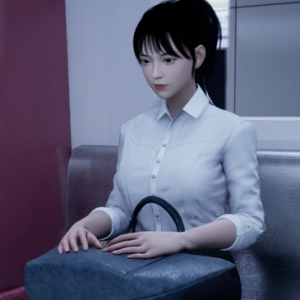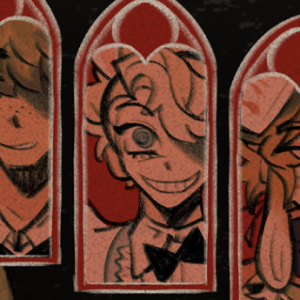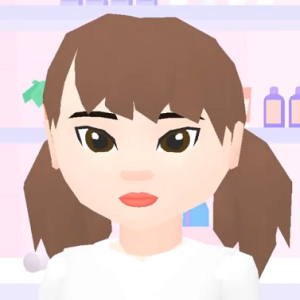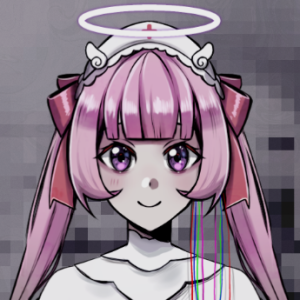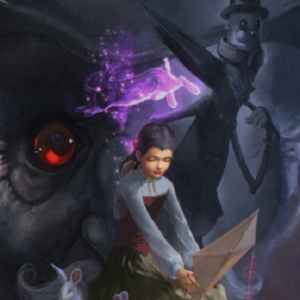Similiar games
Anomalous Coffee Machine 2 unfolds in a single room containing a vending machine and a quiet companion. The player interacts with the machine by typing words into its interface. Each word becomes an input that the game interprets and transforms into a drink. The concept is built around curiosity and cause-and-effect relationships. There are no defined missions, no dialogue trees, and no objectives beyond experimentation. The player learns by trying, observing, and reacting to what the machine produces, forming a pattern of discovery entirely dependent on language.
Gameplay Flow and Input System
The structure of play is simple but open. The player types any word, submits it, and the machine generates a cup of coffee or another liquid. After that, one of two possible characters can drink the result — the player or the girl seated beside the machine.
Core functions include:
- Free text input with no word limit or restriction.
- Outcome generation based on written input.
- Choice of recipient, which changes the result.
These actions repeat continuously, creating a feedback loop where every attempt reveals a new reaction or modifies an earlier one. The game becomes a system for testing language through direct experimentation.
Pattern Recognition and Consequences
Anomalous Coffee Machine 2 builds its progression on repetition. The player’s knowledge grows through trial and observation rather than achievement or narrative milestones. Some inputs repeat with slight variations; others unlock rare or irreversible outcomes. The lack of structure invites players to develop their own methods of cataloging results and comparing reactions. Over time, the game shifts focus from novelty to understanding — the player begins to anticipate how the system might respond, turning random guessing into structured analysis.
Visual Structure and Interface
The presentation is minimal, built on a 2D visual-novel interface with a background, static characters, and a text input field. There is no movement or spatial exploration. The interface highlights the process rather than the setting: a small keyboard prompt, a single button, and short text responses. Sound design supports rhythm rather than atmosphere — a mechanical tone for each submission and a quiet background loop. The restrained presentation keeps attention on action and consequence, emphasizing interaction over storytelling.







